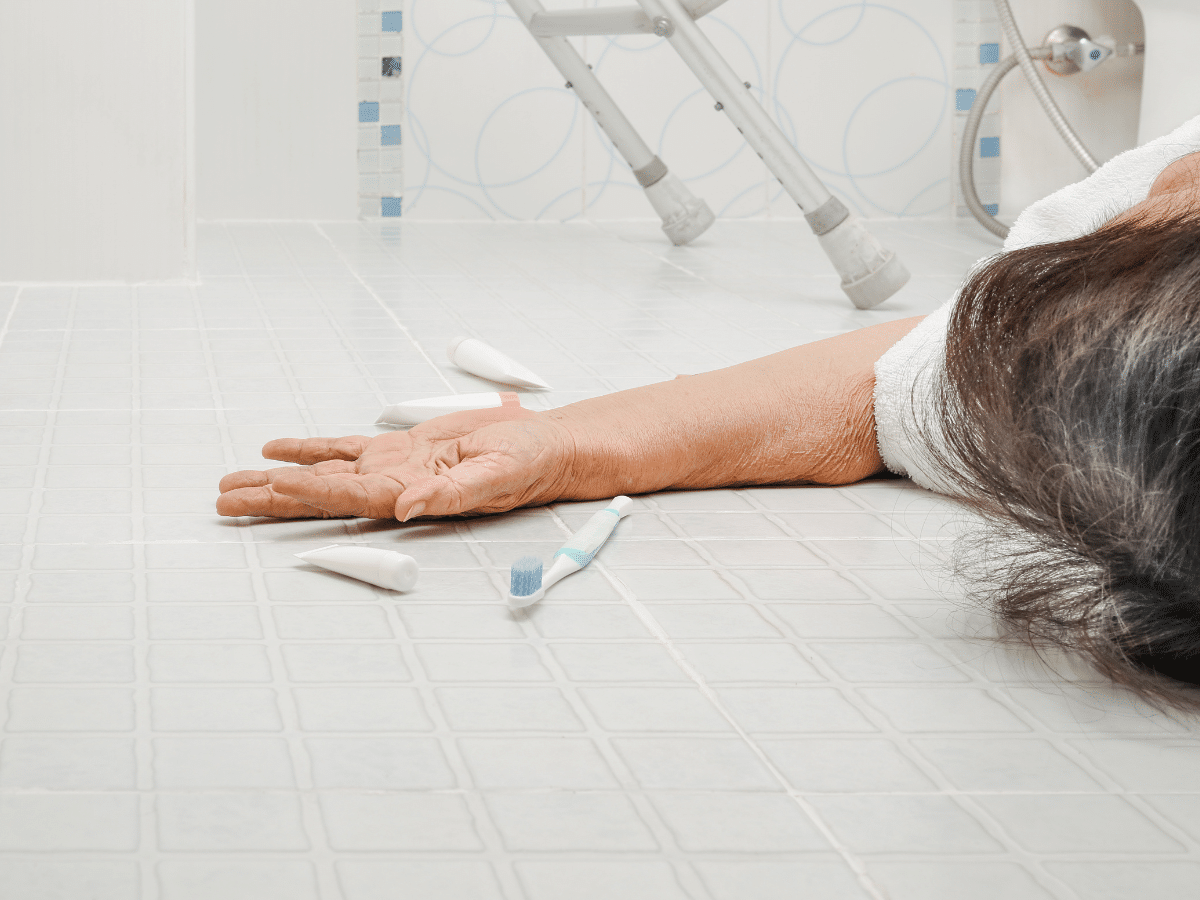Individuals who have mobility issues have every right to do things independently. After all, a loss of independence is one of the toughest things to deal with in life. Those with mobility issues aren’t lesser people. They’re simply people who have different challenges than the rest of us. That said, it doesn’t mean they don’t require any help.
The first step to helping a person with disabilities “the right way” is to know exactly what type of help he/she needs. This comes from asking. It’s just that simple. Don’t just assume that someone needs your help. As Alden Habacon instructs on Vancity.com, “ask if they need anything to make the process more effective or easier for them. They are the experts on their needs and how to best meet them. If they do ask for help, ask for specific instructions on how you can help.”
Treat them like people – grown people.
Care recipients know you’re trying to be kind and polite. But sometimes, your tone may insinuate “babying”. An adult with disabilities is no more a child than any other grown person. Be mindful of how you speak to the person you’re assisting. Habacon champions the act of speaking clearly and listening well while also matching the pace of speech of the individual you’re caring for.
“If you are working with a person who has a developmental disability or other cognitive issues, use clear sentences, simple words and concrete concepts,” he writes, “Gauge the pace, complexity and vocabulary of your speech to match theirs. Unless you are informed otherwise, remember they can make their own decisions. Allow people with speech impairments to finish their own sentences. Don’t talk for them or interrupt.”
Do what you can to prevent falls in the home.
No matter what type of mobility issues your care recipient may have, it’s always a good idea to eliminate any tripping hazards from his/her path. Preventative measures include tucking away wires, doing away with throw rugs, picking up clothes and shoes from the floor and keeping the staircases clear of any obstructions. As we’ve pointed out in numerous blogs before, slips and falls are the culprits for the vast majority of hospitalizations among seniors in Canada.
“Keep the disabled person’s home clear of clutter on the floor, such as extension cords, laundry baskets and throw rugs that can cause the person to trip or fall,” encourages Cleveland Clinic, “Lastly, ensure that hallways and walkways are well lit so the person has a clear pathway that he can see.”
Select the appropriate mobility solution.
At LifeCare Mobility Solutions, we proudly carry a wide array of high-quality mobility solutions including power wheelchairs, manual wheelchairs, walkers and rollators. As you’re undoubtedly aware, wheelchairs allow individuals who experience difficulty walking to transport themselves independently or be transported safely by a caregiver. There are several different types of wheelchairs that can be used depending on the individuals’ specific medical condition.
Wheeled walkers and rollator walkers are lightweight, making them easy to lift when walking through various types of terrain. They are also foldable, enabling easy storage in the home. Walkers and rollators come with larger wheels for outdoor use or smaller wheels for indoor use.
If you have any questions about the mobility solutions offered by LifeCare Mobility Solutions, please don’t hesitate to call us at 416-267-9800 or email us at info@lifecaremobility.ca. You may also contact us by filling out the form on our Contact page!












































